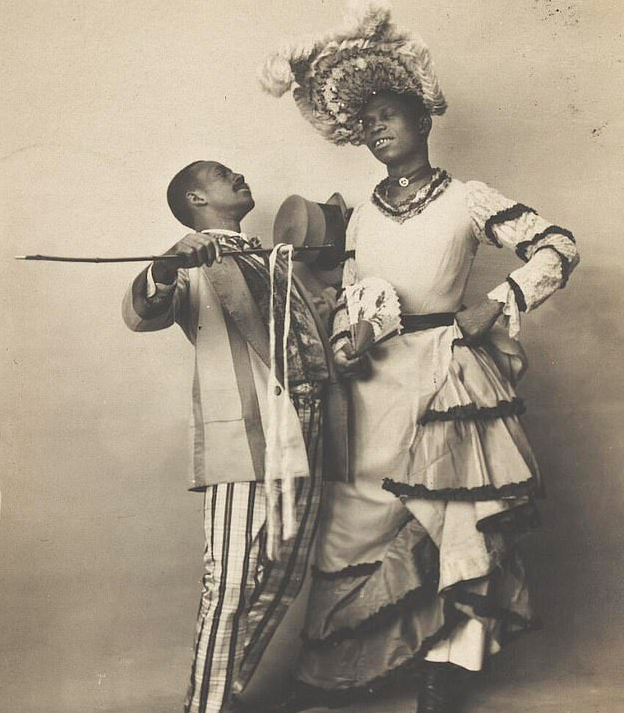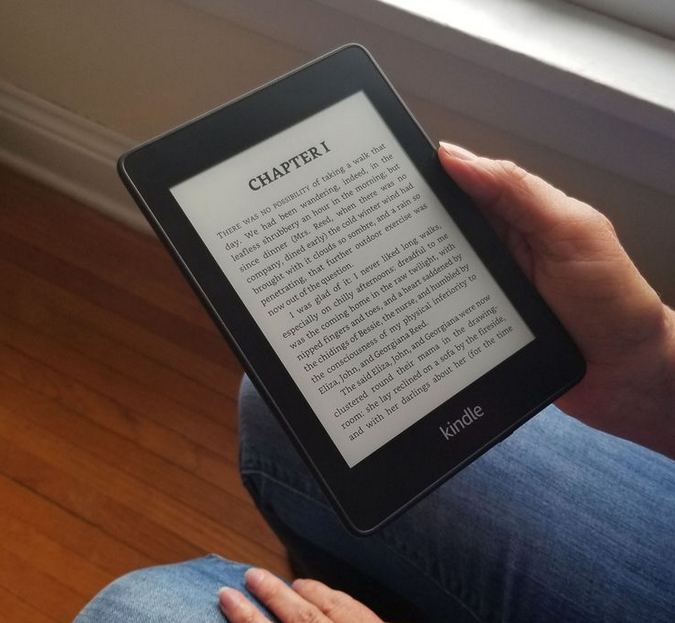The retailer once said it would sell “the good, the bad and the ugly.” Now it has banished objectionable volumes — and agreed to erasing the swastikas from a photo book about a Nazi takeover, according to David Streitfeld from the NY Times… Support our news coverage by subscribing to our Kindle Nation Daily Digest. Joining is free right now!
Amazon is quietly canceling its Nazis.
Over the past 18 months, the retailer has removed two books by David Duke, a former leader of the Ku Klux Klan, as well as several titles by George Lincoln Rockwell, the founder of the American Nazi Party. Amazon has also prohibited volumes like “The Ruling Elite: The Zionist Seizure of World Power” and “A History of Central Banking and the Enslavement of Mankind.”
While few may lament the disappearance of these hate-filled books, the increasing number of banished titles has set off concern among some of the third-party booksellers who stock Amazon’s vast virtual shelves. Amazon, they said, seems to operate under vague or nonexistent rules.
“Amazon reserves the right to determine whether content provides an acceptable experience,” said one recent removal notice that the company sent to a bookseller.
Facebook, Twitter and YouTube have been roiled in recent years by controversies that pit freedom of speech against offensive content. Amazon has largely escaped this debate. But with millions of third-party merchants supplying much of what Amazon sells to tens of millions of customers, that ability to maintain a low profile may be reaching its end.
Amazon began as a bookstore and, even as it has moved on to many more lucrative projects, now controls at least two-thirds of the market for new, used and digital volumes in the United States. With its profusion of reader reviews, ability to cut prices without worrying about profitability and its control of the electronic book landscape, to name only three advantages, Amazon has immense power to shape what information people are consuming.
Yet the retailer declines to provide a list of prohibited books, say how they were chosen or even discuss the topic. “Booksellers make decisions every day about what selection of books they choose to offer,” it said in a statement.
Read full post at The New York Times

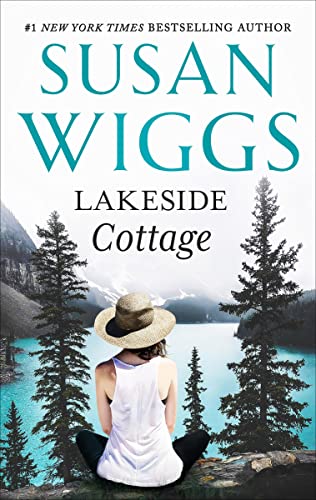
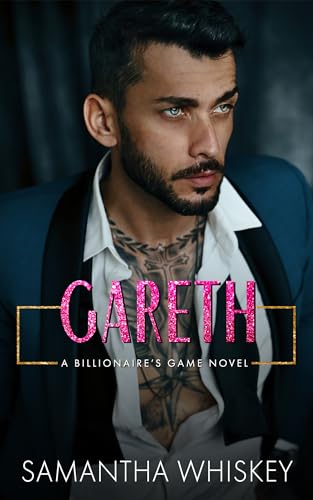
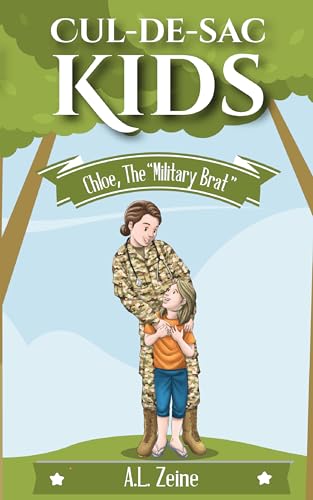
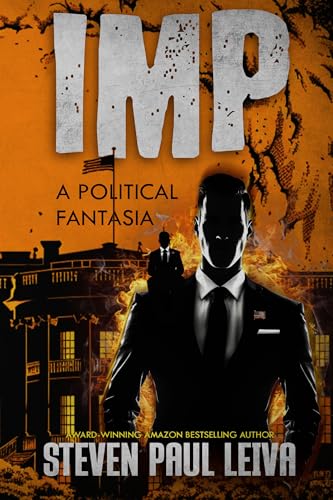

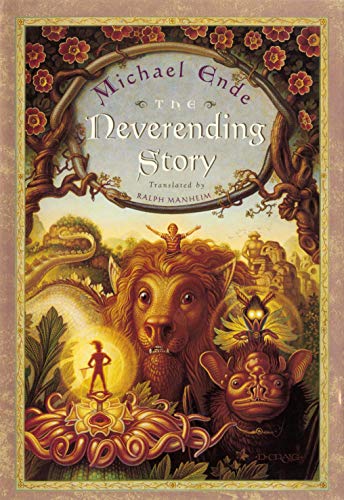


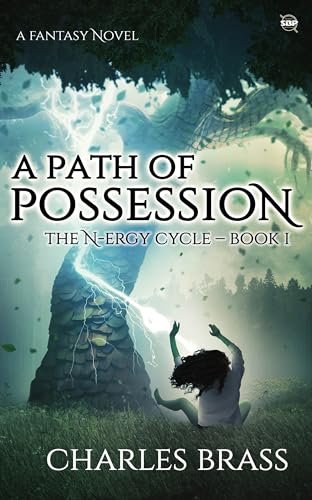
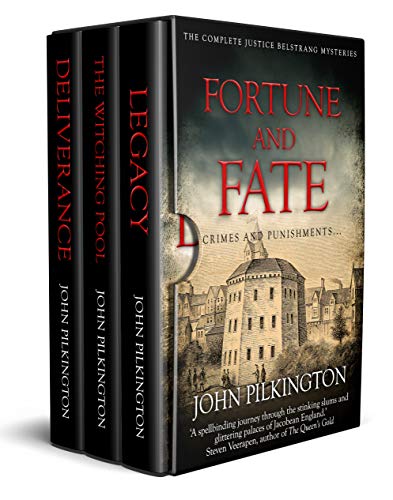
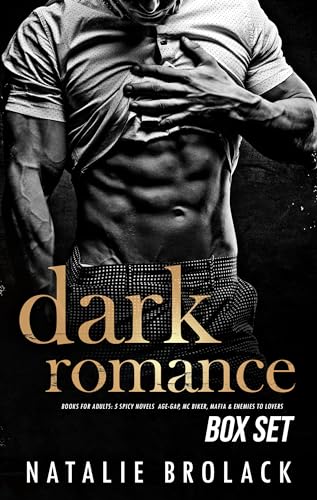



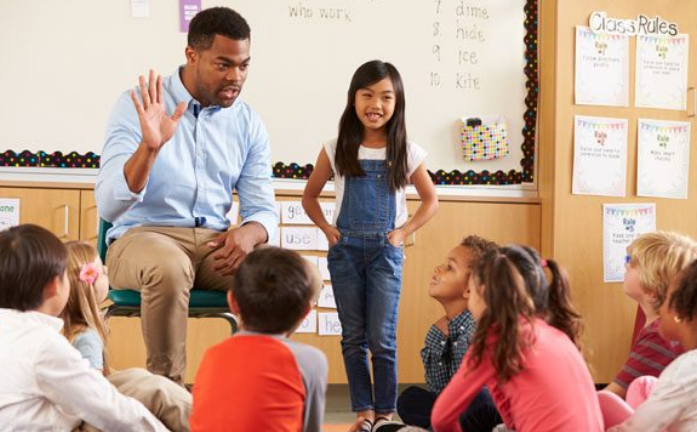





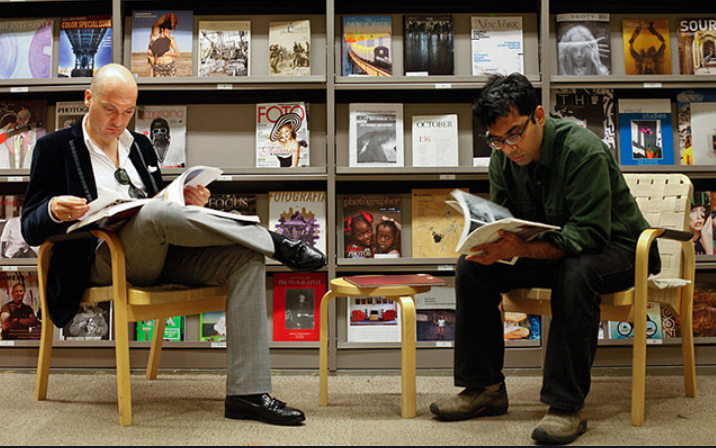





![The Next Pandemic: On the Front Lines Against Humankind's Gravest Dangers by [Khan, Dr. Ali]](https://images-na.ssl-images-amazon.com/images/I/5177LWIFs5L.jpg)
![Pandemic: Tracking Contagions, from Cholera to Ebola and Beyond by [Shah, Sonia]](https://images-na.ssl-images-amazon.com/images/I/51hy3WNoafL.jpg)
